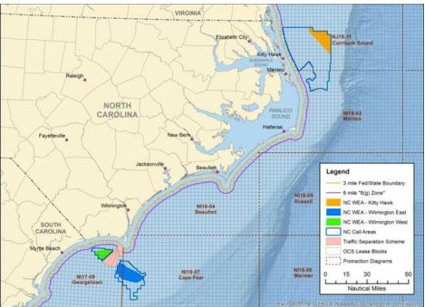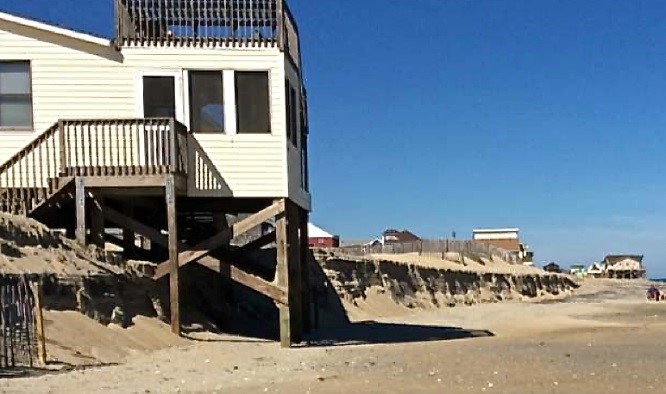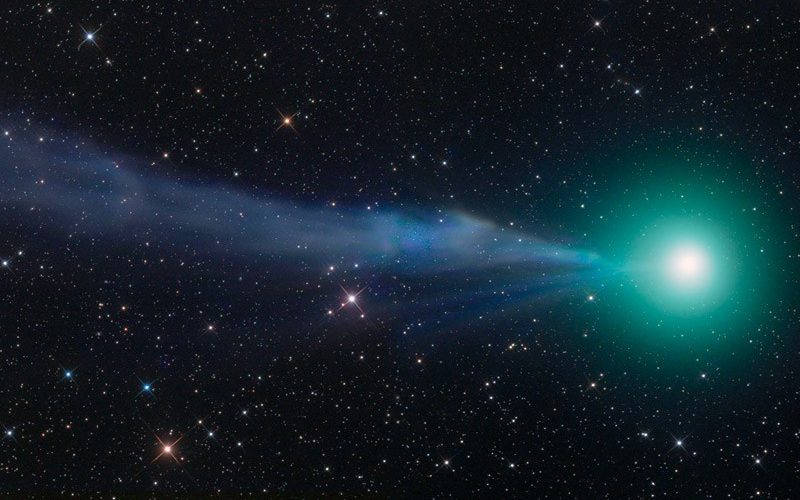A two-day conference will stress the importance of oyster restoration projects to the coastal economy.
Archives
Feds Announce Atlantic Drilling Plan
The Obama Administration announced plans to potentially open portions of the Atlantic coast, including offshore North Carolina, to oil and natural gas drilling for the first time in 30 years.
Our Coast’s Food: Classic Pimento Cheese
Or “pamena” cheese, as true Southerners might say. The recipe has gotten downright uppity at some restaurants, but this one is a true N.C. classic.
Teaming Up for the Lockwood Folly
The N.C. Coastal Federation, Oak Island and volunteers are working to reduce the amount of stormwater runoff polluting the river.
Feds Move Closer to Offshore Wind in N.C.
The federal government yesterday took the next significant step toward developing commercial wind energy off the N.C. coast by releasing an environmental assessment that supports the potential lease sale for more than 300,000 acres.
Investigation Prompts Check-Up for Local Creek
Draining a stormwater pond in Swansboro that led to the muddying of a creek has prompted the state to test the creek’s overall water quality.
Extending Utilities Could Risk Federal Funding
If it connects its public utilities to a proposed development in Sunset Beach, Brunswick County could be cut off from future federal funding.
North Topsail Beach Groins for a Solution
Town leaders consider their options for controlling severe erosion at the island’s north end, including the possibility of building a terminal groin.
Jetty Suggested for Nags Head
Contractors say this Outer Banks town should be planning for a jetty at its south end, three years after an unprecedented 10-mile beach re-nourishment project.
Study: N.C. Could Reap the Wind
North Carolina and other Atlantic Coast states could see far more jobs and benefits from developing offshore wind energy than drilling for oil and natural gas, according to a new study.
State Investigating Pond Pumping
Two state agencies are investigating the pumping of a stormwater pond in Swansboro that led to the muddying of a local creek.
A Look Ahead at the Legislative Session
The N.C. General Assembly will start the new year with a few new faces, but the script will largely remain the same. Learn what’s on the environmental agenda in 2015.
The Plasticized Ocean
The North Atlantic Gyre, a large system of rotating currents, spins off the N.C. coast. Within its center, drawn in by the currents, lies a plastic soup of garbage that threatens marine life.
Coastal Sketch: Earl O’Neal
This writer and historian of Ocracoke Island tells what it was like growing up there as a boy. “What a story,” he says, “if only the live oaks could talk.”
Catch Comet Lovejoy
It’s a once in a lifetime opportunity to see this green-glowing comet, visible tonight and for the next few days. Your next chance to catch the comet will be in 8,000 years.
Dare County Chips In at Oregon Inlet
The county will spend $300,000 toward an effort to dredge the inlet, which has become so dangerous that the Coast Guard is assuming broader power to regulate boat traffic.

















